Alluvial Gold Processing Plant: A Complete Guide
3417Choosing the right alluvial gold equipment is crucial. Compare trommel screens, jigs, and shaking tables to build an efficient processing line for max recovery.
View detailsSearch the whole station Crushing Equipment
Selecting the correct equipment for gold ore grinding is a fundamental decision that directly impacts the profitability of your entire operation. The two most commonly discussed options are the Ball Mill and the Wet Pan Mill (also known as a gold grinding machine). This guide provides a direct, technical comparison to help you choose the right gold processing equipment based on your project’s scale, ore type, and financial goals.
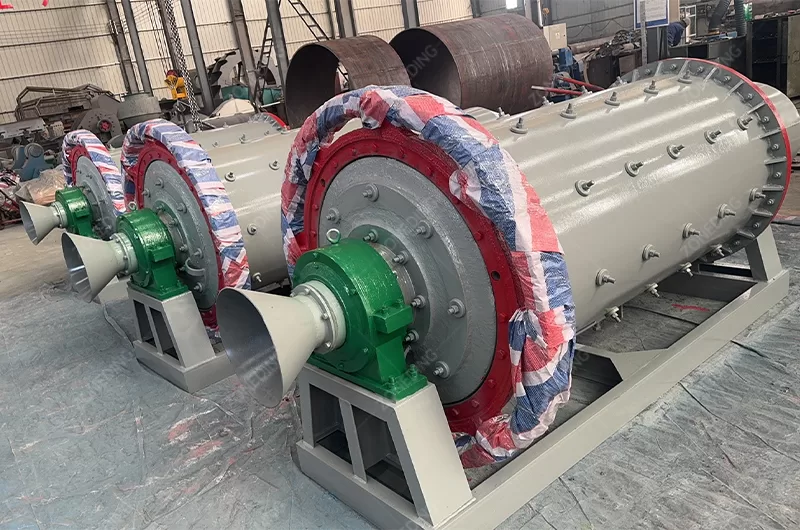
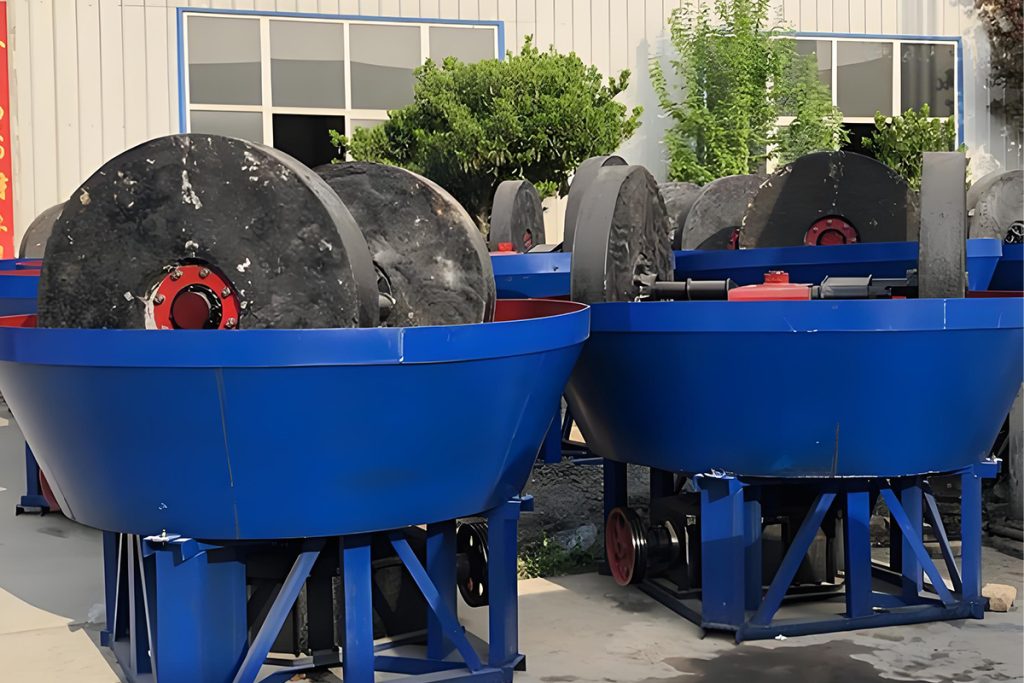
The choice is not about preference; it is a strategic decision. A Wet Pan Mill is a tool for specific, small-scale applications, while a Ball Mill is the engine of a modern, industrial mineral processing plant. Understanding the differences in their function, cost, and efficiency is essential for maximizing your gold recovery.
A wet pan mill, or wet grinding machine, is often the first piece of equipment considered by artisanal and small-scale gold mining operations. Its low initial cost and simple design make it an accessible entry point into gold processing.
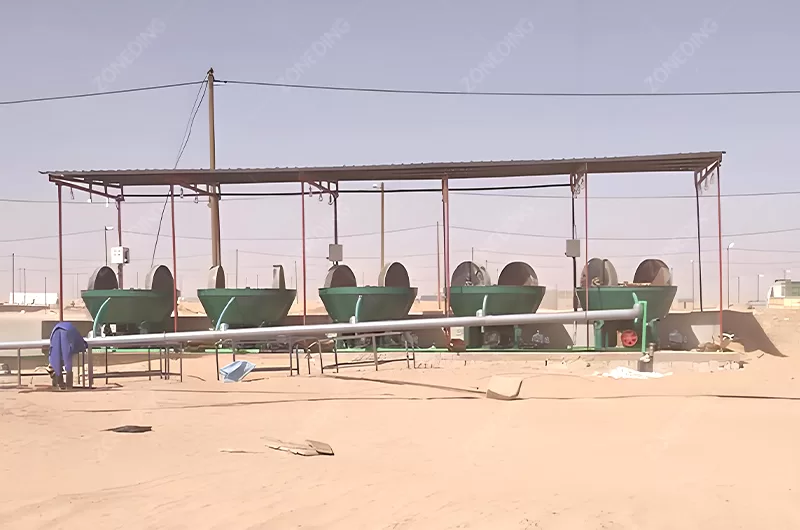
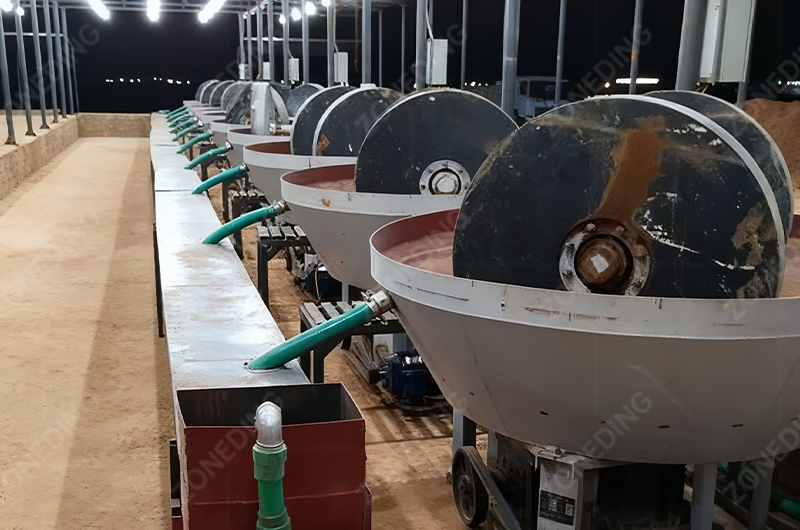
A wet pan mill’s function is a combination of grinding and gravity concentration. Its heavy rollers crush the ore while a flow of water washes away lighter gangue material, leaving a concentrate of heavy gold particles in the pan.
Choose a wet pan mill under these specific conditions:
While it is an effective starting point, it is an inefficient grinder. It produces a large amount of ultra-fine particles (“slimes”), which makes it unsuitable for feeding modern recovery circuits like a Gold CIL Plant.
The ball mill is the heart of every modern, large-scale Gold Processing Plant. The reason is simple: it is a highly efficient and continuous grinding machine that provides precise control over the final product size. This control is the single most important factor for achieving high gold recovery rates.
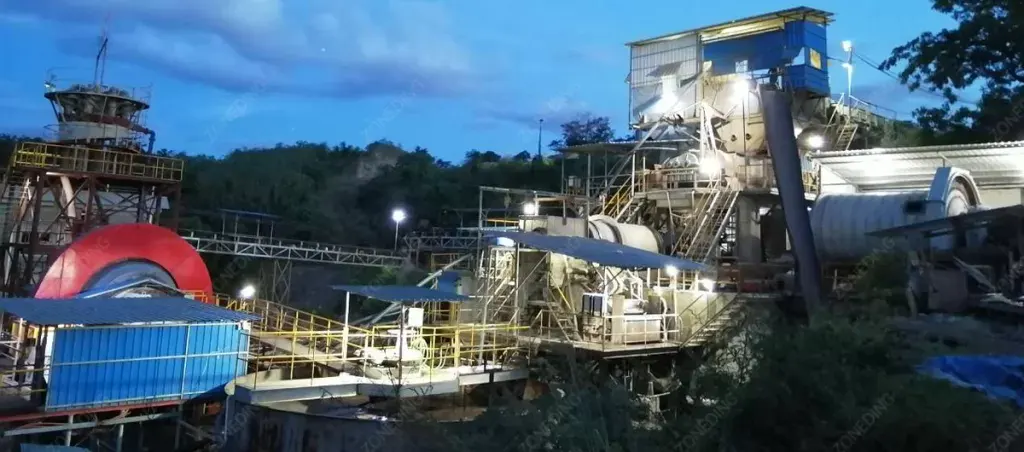
A ball mill is not a standalone machine; it operates in a closed circuit with a classifier, typically a Hydrocyclone.
This circuit is the only way to consistently produce ore ground to a specific grinding fineness (e.g., 80% passing 75 microns) at an industrial scale. This precision is essential for processes like CIL, CIP, and flotation, where recovery depends on having all gold particles liberated and exposed to chemical reagents.
The financial comparison between a wet pan mill and a ball mill circuit reveals a classic trade-off between short-term investment and long-term profitability.
| Cost Factor | Wet Pan Mill | Ball Mill Circuit | Your Budget Consideration |
|---|---|---|---|
| Initial Investment | Very Low | High | A wet pan mill is affordable for small start-ups. A ball mill circuit requires significant capital. |
| Installation | Simple | Complex (foundations, pumps, piping) | A wet pan mill can be installed in days. A ball mill plant takes weeks or months. |
| Energy Consumption | High per ton | Lower per ton (at scale) | An energy-saving ball mill is far more efficient for high-volume production. |
| Wear Parts Cost | Moderate (rollers, pan liner) | High (steel balls, liners) | This is a significant part of a ball mill’s operating cost. |
| Labor Cost | High (batch operation) | Low (continuous, automated) | A ball mill circuit requires fewer operators for a much higher throughput. |
| Return on Investment | Fast for small, rich deposits | Slower but much larger for long-term operations | Depends on the scale and lifespan of your mine. |
While a wet pan mill has a lower entry price, a ball mill circuit provides a much lower operating cost per ounce of gold produced in a commercial operation, leading to higher overall profitability.
The ultimate measure of a grinding circuit is how much gold it allows you to recover. Here, the difference between the two machines is stark.
A wet pan mill is inefficient. It over-grinds a portion of the ore into slimes while leaving other parts under-ground. Its recovery is good for coarse, free gold but very poor for fine or complexly associated gold. Total recovery rates of 50-60% are common for ores that are not purely free-milling.
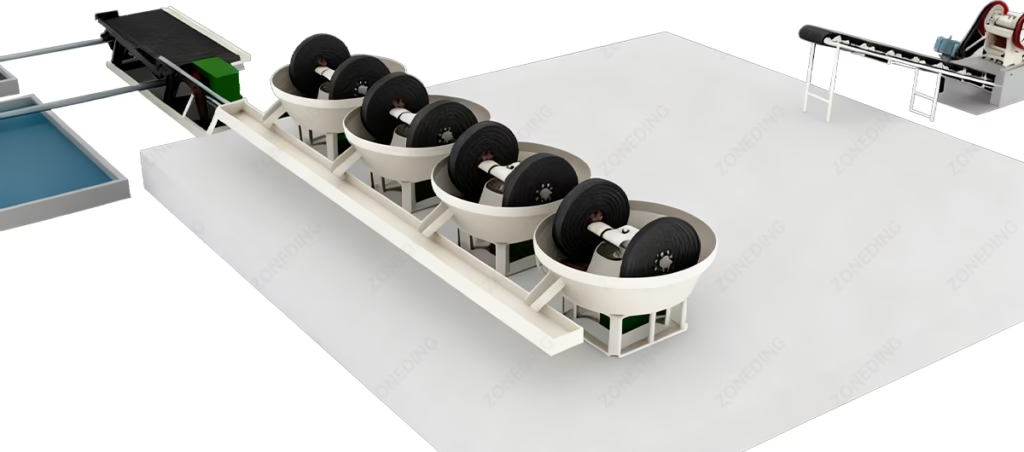
A ball mill circuit is highly efficient. By controlling the grind size precisely, it ensures that the maximum amount of gold is liberated and available for recovery. For a professionally designed plant using a ball mill followed by a CIL or CIP process, gold recovery rates of 90% or higher are standard. For a commercial operation, this 30-40% difference in recovery is the difference between profit and loss.
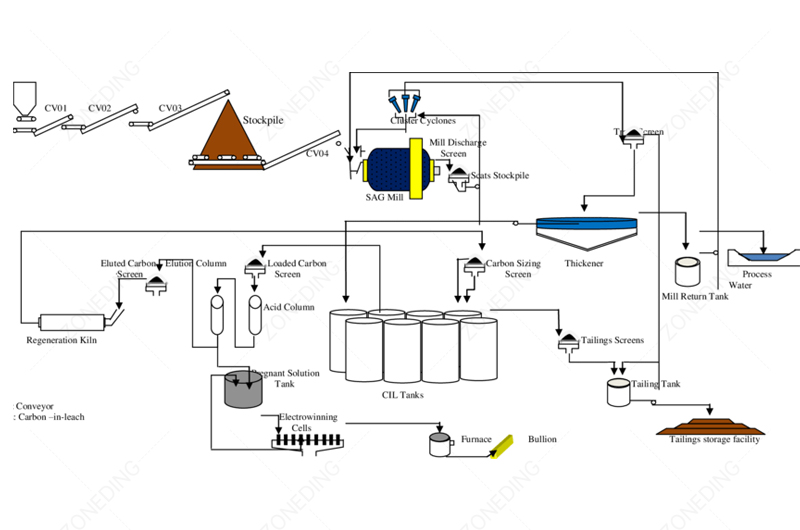
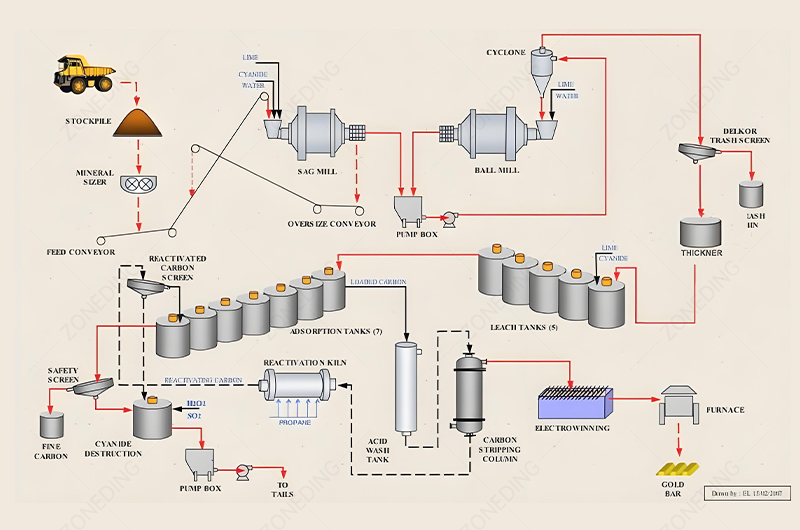
Operational simplicity is a key consideration, especially in remote locations.
A wet pan mill is mechanically simple and easy to operate. Maintenance can typically be handled with basic mechanical skills. However, it is a batch process that requires constant manual labor for feeding and removing concentrate.
A ball mill circuit is more complex. It is a continuous, automated system that requires a higher level of operator training to monitor and control. Maintenance requires specialized knowledge of the mill, pumps, and cyclones. While it requires fewer operators per ton, those operators need to be more skilled. The decision depends on the availability of a skilled local workforce.
A significant factor in the use of wet pan mills in artisanal mining is its association with amalgamation, the process of using mercury to capture gold. Mercury is added directly to the pan, where it forms an amalgam with the gold. This amalgam is then heated to burn off the mercury, leaving behind the gold.
This practice causes severe mercury pollution, which is a major environmental and health hazard. Modern, responsible mining operations have completely abandoned this method.
A ball mill is the foundation for safer, more environmentally sound gold recovery methods like:
Choosing a ball mill circuit is a step towards a more professional, sustainable, and safer mining operation.
The correct choice of grinding equipment is not a guess; it is a calculation based on your specific ore. To design a profitable plant, you must understand your ore’s characteristics through an ore washability test.
At ZONEDING, we provide this critical service.
This data-driven approach ensures you invest in the right equipment to maximize your return on investment.
Since 2004, ZONEDING has been a leading manufacturer of Beneficiation Equipment for the global mining industry. We specialize in providing complete, customized solutions for gold processing, from individual machines like ball mills and crushers to full-turnkey CIL/CIP and flotation plants. Our factory-direct model and extensive engineering experience ensure you receive a high-performance, cost-effective solution. We have successfully delivered equipment and plants to over 120 countries.
Contact us today with your project details to receive a professional grinding solution and a detailed equipment quotation from our engineering team.
Choosing the right alluvial gold equipment is crucial. Compare trommel screens, jigs, and shaking tables to build an efficient processing line for max recovery.
View detailsChoosing your fluorite processing equipment? Discover critical factors like ore characteristics, capacity needs, and cost-efficiency to select the best machine.
View detailsChoosing the right alluvial gold equipment is crucial. Compare trommel screens, jigs, and shaking tables to build an efficient processing line for max recovery.
View detailsDive into the world of efficient mineral processing with our gold shaking table guide. Understand its mechanism, operation, and achieving high recovery rates.
View detailsWe use cookies to ensure that we give you the best experience on our website. If you continue to use this site we will assume that you are happy with it.
Privacy Policy